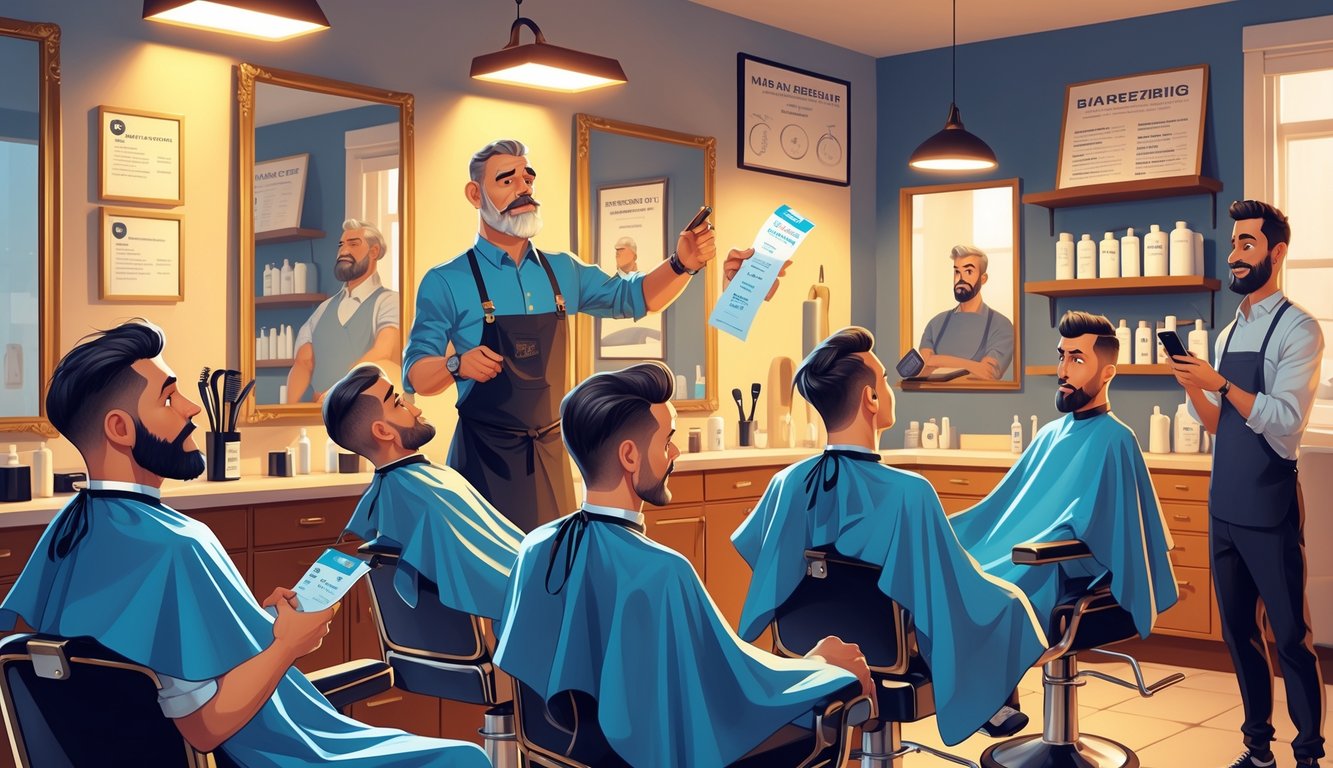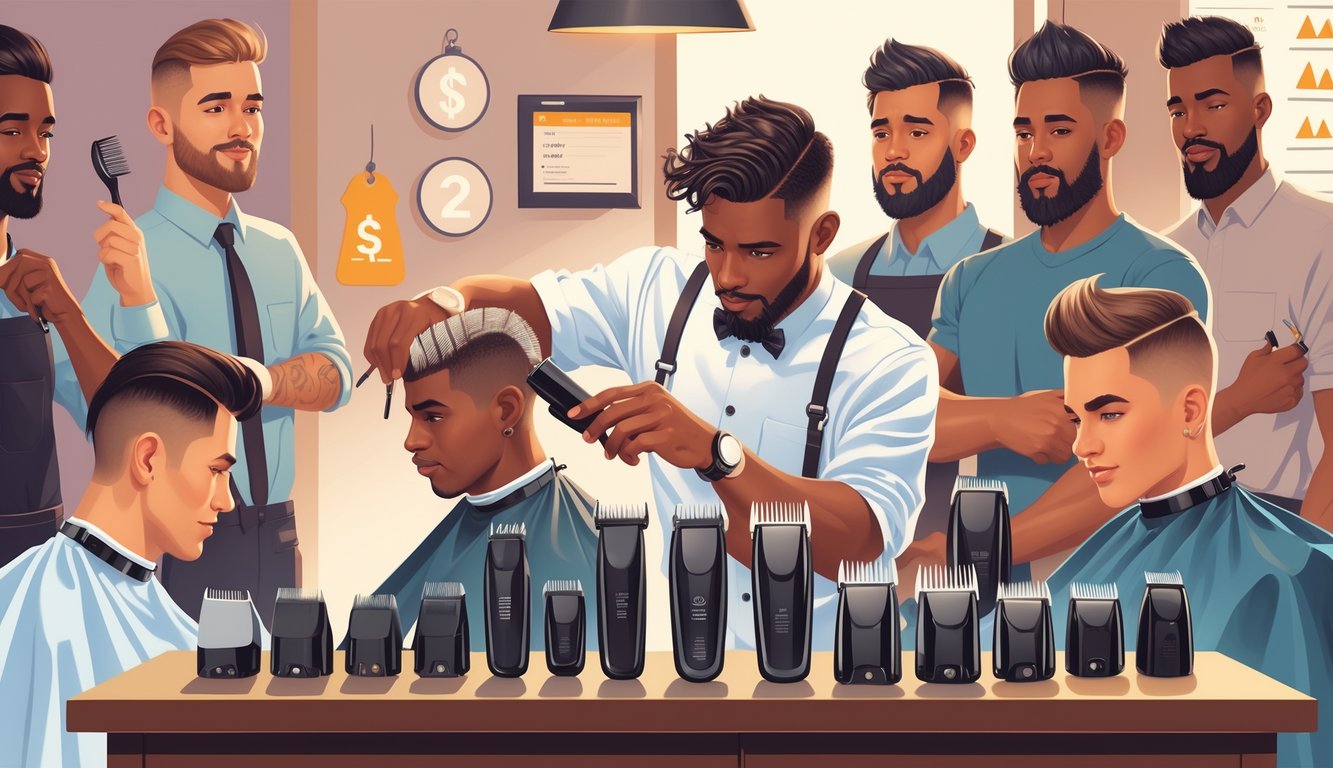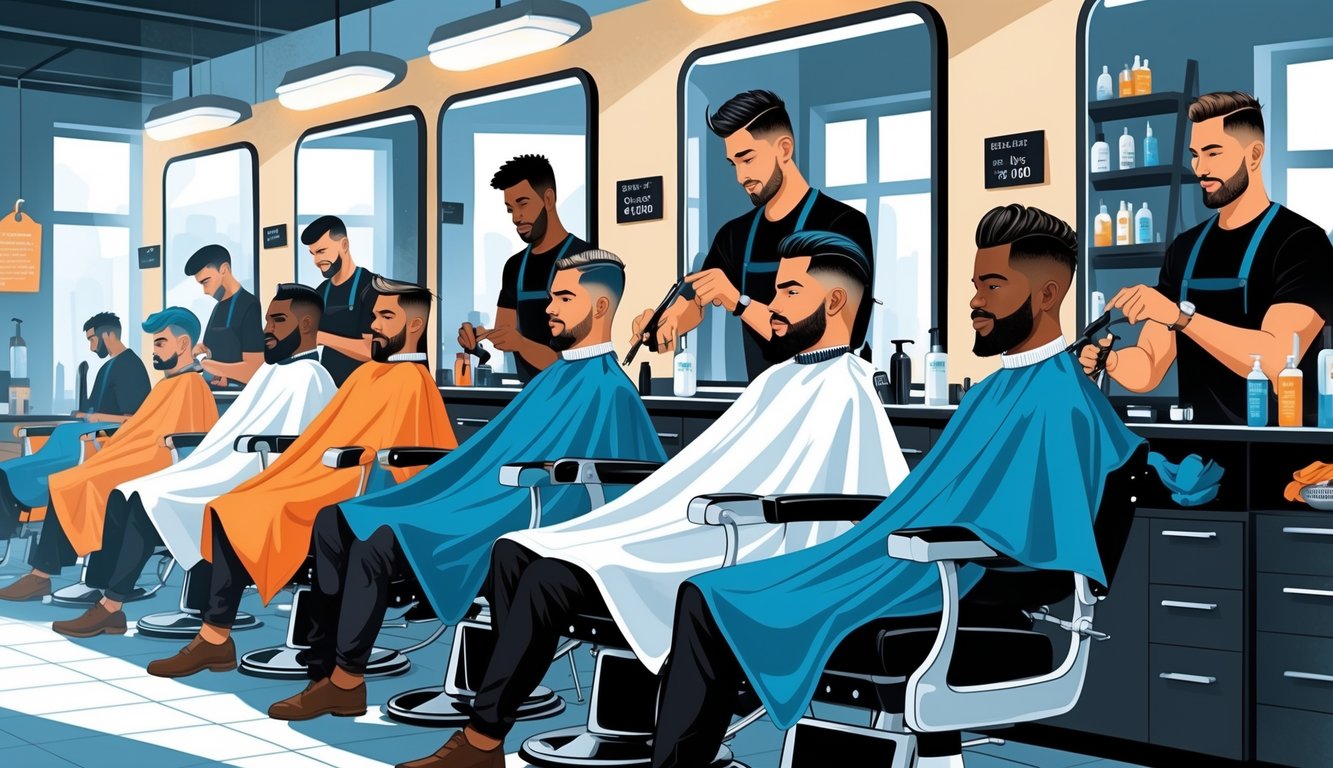
Understanding Clipper Guard Sizes and Their Impact on Price

Prices are all over the place. Five minutes in the chair, suddenly you’re paying for “premium services” because you asked for a different clipper guard. Everyone acts like this guard number system is obvious, but nobody actually explains why a #2 costs more than a #5. Hair length, guard size, price—they’re all tangled, and good luck remembering what you got last time.
Why Clipper Guard Sizes Matter
So I asked for a #1 instead of my usual #4, and suddenly my barber got nervous. That tiny guard cuts super short—1/8 inch—and if you’re picky, there’s no room for mistakes. Three shop owners told me: tight fades or multiple guard requests can add $7–15 to your bill, and Ripe Insurance says it’s about technique and tool wear. Still, “consultation” fees just feel like code for upcharging clueless clients, but fine, they do put in extra work. Bring in a photo and ask for three lengths? Complexity jumps, so does the price.
Clipper Size Chart: Numbers and Lengths Explained
I swear I never get these clipper sizes right. Here’s the rundown nobody posts on the wall: guards go from #0 (basically bald, 1/16”) up to #8 (a whole inch). The jump from #2 to #4 is way bigger than you think, especially if you’re just reading Reddit.
| Guard # | Length Inches | Length mm |
|---|---|---|
| #0 | 1/16″ | 1.5 mm |
| #1 | 1/8″ | 3 mm |
| #2 | 1/4″ | 6 mm |
| #3 | 3/8″ | 9 mm |
| #4 | 1/2″ | 13 mm |
| #5 | 5/8″ | 16 mm |
| #6 | 3/4″ | 19 mm |
| #7 | 7/8″ | 22 mm |
| #8 | 1″ | 25 mm |
Mess it up once—say “short all over” when you meant “blended”—and barbers either fix it quietly or just assume you have no clue and grab the default #3. One shop taped a guide to the mirror because the confusion wastes everyone’s time. And yeah, if you pick wrong, you might get charged for a do-over. If there’s a trick to always picking the right guard, someone clue me in.
Trending Styles That Affect Pricing

Walked out of the shop last Thursday and, honestly, my jaw hit the floor when I checked my card. Under $40 for a basic men’s cut? Barely. And that’s before you even think about a tip. I swear, it’s not just inflation or greedy landlords—every new “trend” just adds more headaches for barbers. They’re stuck learning hyper-specific styles, constantly buying new gear, and shelling out for workshops (my stylist flashed her stack of receipts; looked like a CVS coupon roll).
Skin Fades and High-Maintenance Looks
Skin fades are everywhere now. And yeah, they’re a pain. The old five-minute buzz? Gone. Now it’s clippers, foils, different guards, endless blending, and if you want it to look sharp, you’re looking at 20 minutes tacked on. Some shop owner told me, “Perfect gradation? That’s a whole extra process.” Most of us have no clue it takes three tools, five passes, and enough powder to choke a small animal.
The price isn’t just about time. Tools are expensive—new trimmers are over $100, and disinfectant? That stuff disappears. Since 2020, the fines for skipping it are brutal. My fade used to be $22 at the strip mall, now it’s $46 at a place bragging about “barber education partnerships,” whatever those are. Social media just makes it worse—everyone wants that glassy influencer fade, so barbers pay for $500 classes every quarter. No, I’m not exaggerating.
Tapered and Faded Sides
Say “taper” and watch half the room go blank. The rest just want “the sides cleaned up, but not too high.” The subtlety is the trick—people expect it to be fast, but it’s the opposite. A clean, low taper with a natural blend? That’s relentless blending, constant tweaking. Mess up once, and you’ve got a hard line. Nobody wants to leave with that.
Mention “custom taper” or show a photo and suddenly the price jumps. I asked a senior barber about it—he said sharp shears and clean clippers are non-negotiable, and they cost $150 every month to maintain. Some shops charge extra for consultations or for razor-sharp necklines, and if you want a fancy line or design, forget about staying in the “basic” price range. For some reason, “drop fades” are the new thing, but nobody agrees on what that even means.
Modern Short Haircuts
Buzz cuts, crops, undercuts—sounds simple, right? My dad would roll his eyes at the fuss. But salons these days toss around “French crop with texture” or “blunt fringe” like everyone’s supposed to know what that is. Even a “basic” short cut now means more scissor work, point cutting, and technique than you’d expect.
Barbers told me that custom requests can turn a 15-minute slot into a half-hour ordeal. Trends in 2025 are all about looking “effortless,” but the work behind the scenes? Never been higher. Managers in big U.S. cities say men’s modern cuts are behind 34% of upcharges in 2025. I guess that checks out—barbers keep chasing certificates for the latest scissor tricks. If you want a classic cropped cut, expect to pay more, especially if you want styling products (sea salt spray, matte clay) that used to be free.



